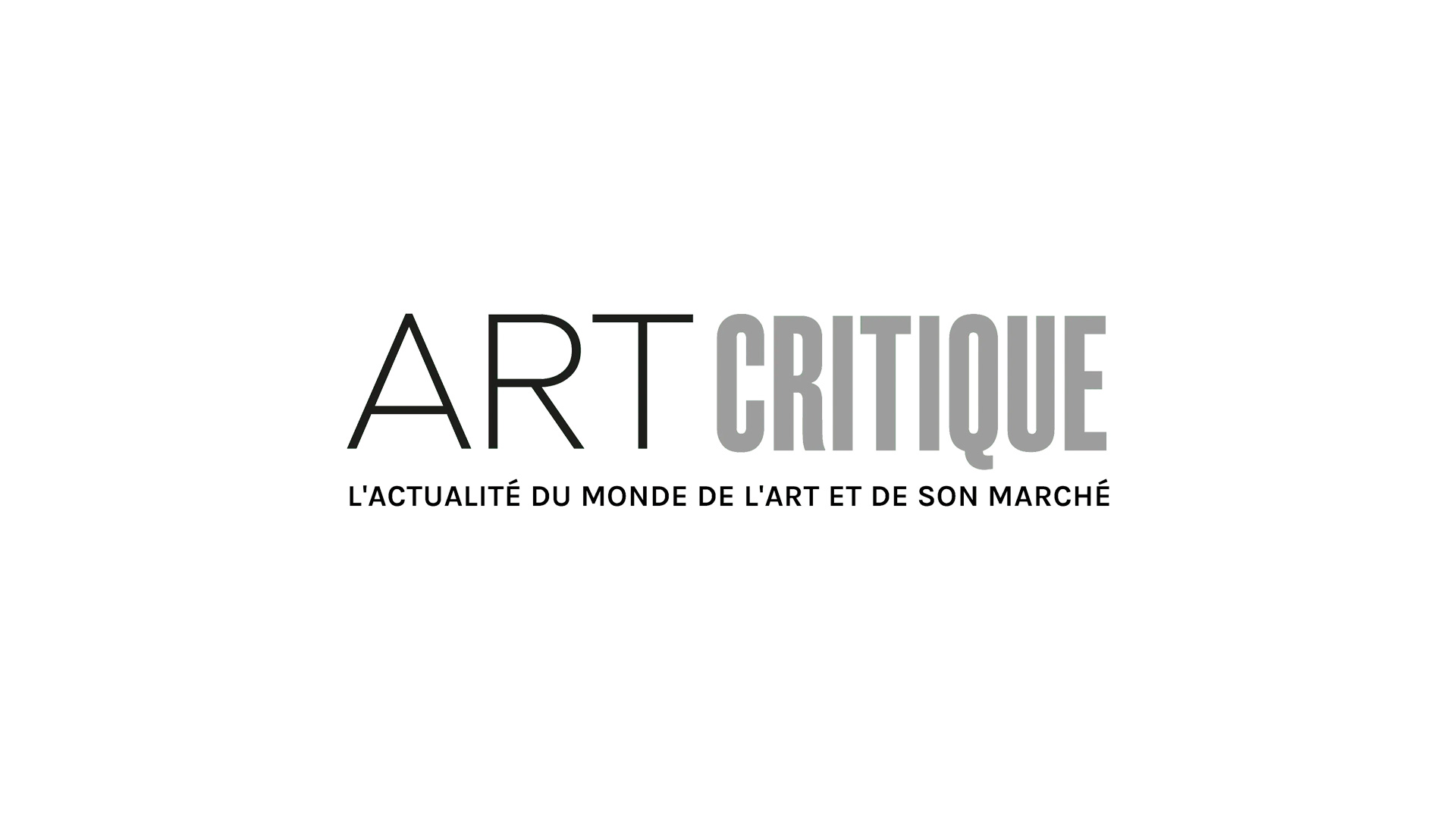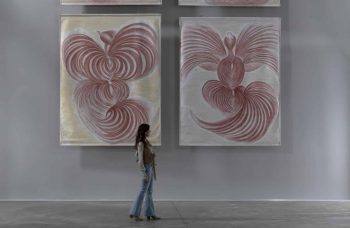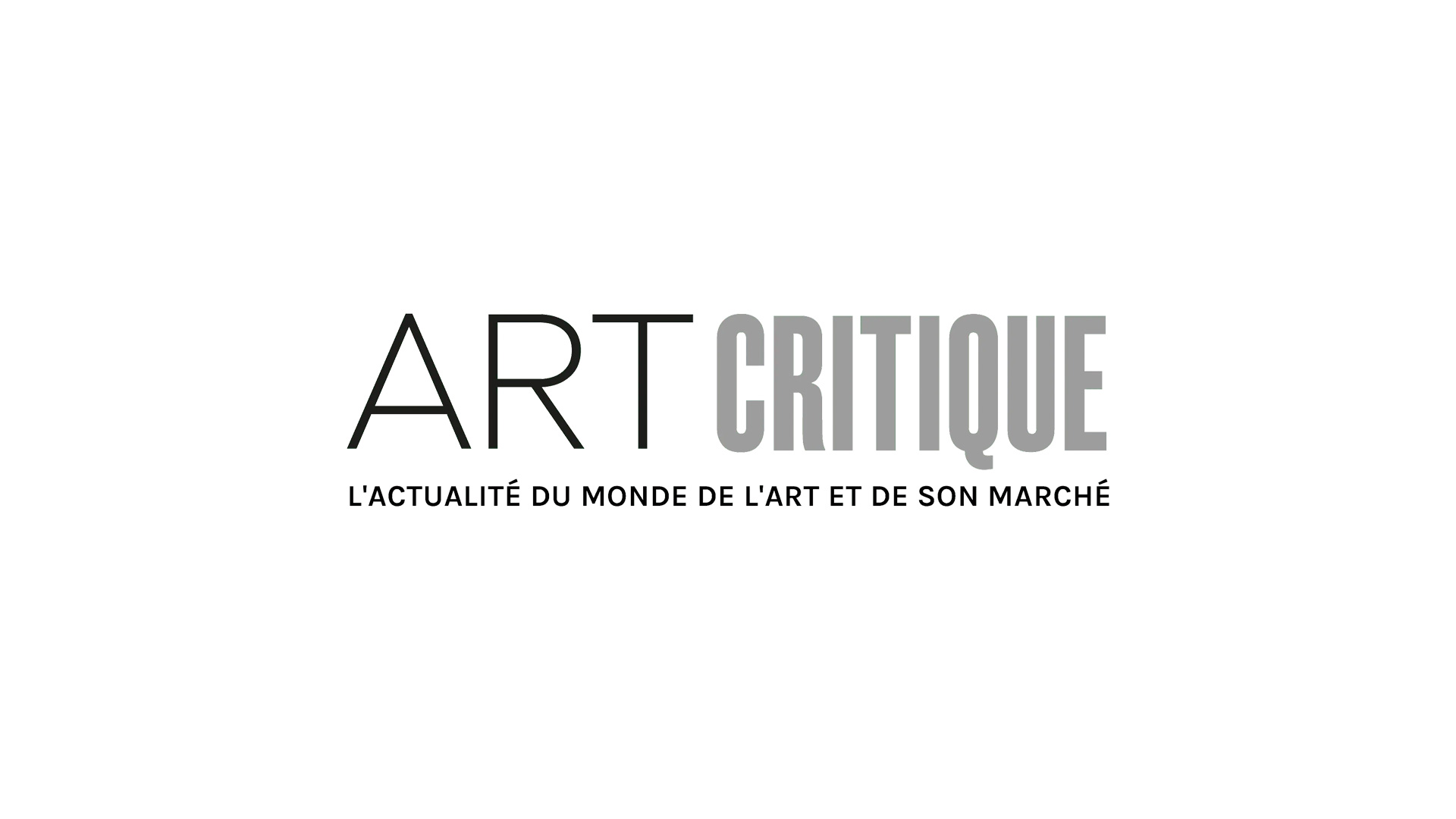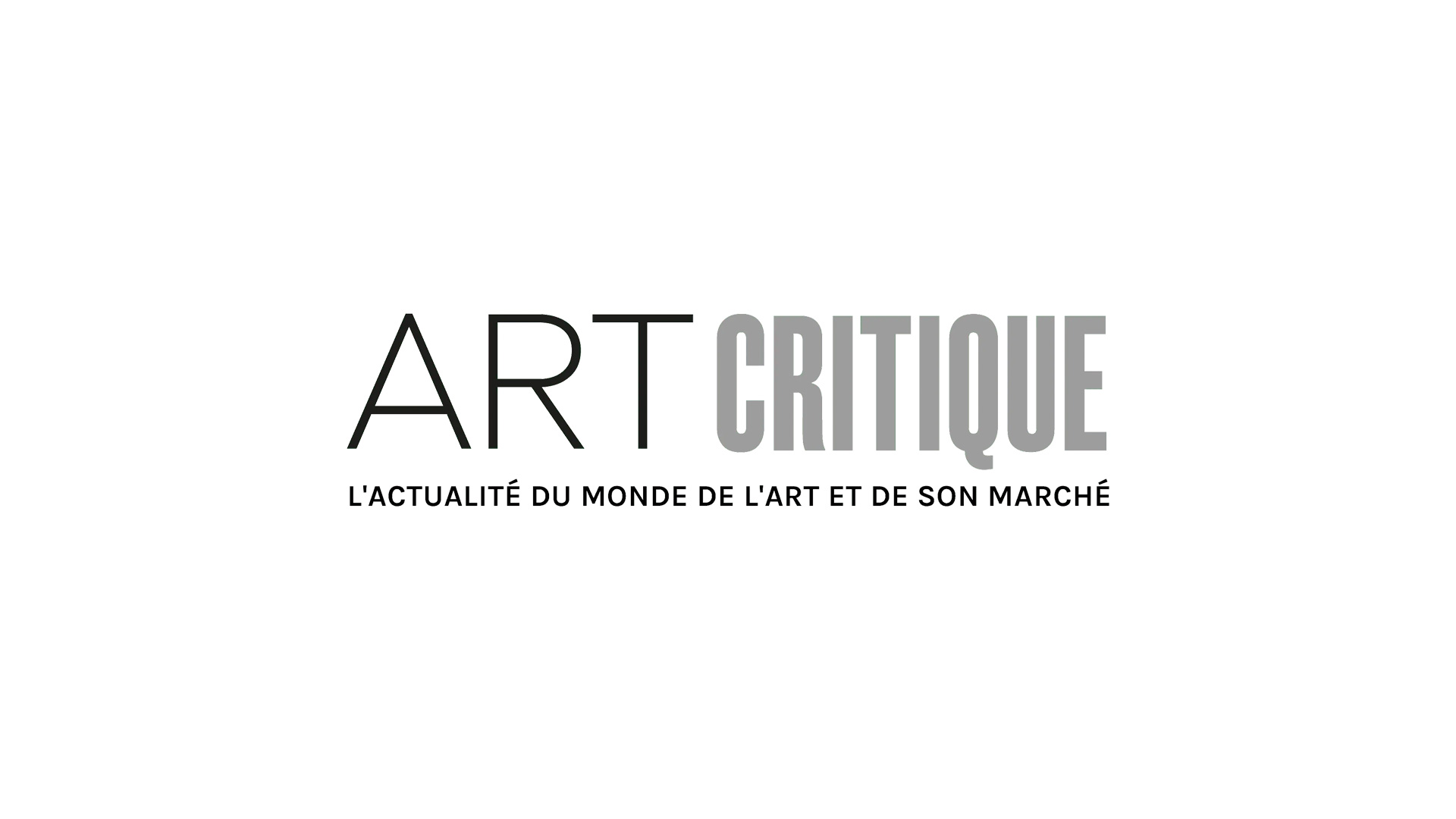An open letter penned by dealer Andre Ruzhnikov has propelled an exhibition of Fabergé works at the Hermitage museum in St Petersburg into the limelight for all the wrong reasons. Addressed to Mikhail Piotrovsky, head of the Hermitage, the letter alleges that more than 20 of the included works from the collection of Alexander Ivanov are “outright fakes.”
The exhibition, “Fabergé: Jeweller to the Imperial Court,” is the first major showcase of works by Fabergé at the Hermitage since 1993. The show went on view in November and runs through the mid-March, but Ruzhnikov has urged Piotrovsky to pull the plug on the show immediately.
“I can only guess as to why tawdry fakes have been allowed into the venerable Hermitage,” writes Ruzhnikov, who is based in London. “By exhibiting fakes you are not only insulting the good name of Fabergé, you are destroying the authority of the Museum you have been appointed to lead,” he continued, addressing Piotrovsky directly. “You are betraying your visitors’ trust. You are deceiving them. You are operating under false pretences. No other major museum in the world would allow fake objects to be showcased within its walls.”
The author lambasts the exhibition for the works contributed by the Fabergé Museum in Baden-Baden, Germany, a private museum owned by Ivanov, a Russian collector and oligarch with links to Vladimir Putin and the Kremlin. Among the works Ruzhnikov claims to be forgeries are a figurine of a soldier lighting a cigarette (“a crude copy of Savitsky’s figurine in the Fersman Museum”) and the Hen Easter Egg (the original of which “can be admired just 1,000 steps from the Hermitage, in the Fabergé Museum on Fontanka”).
However, the object that Ruzhnikov most highlights is the Wedding Anniversary Egg included in the exhibition that was supposedly made by Fabergé and gifted to Empress Alexandra by Tsar Nicholas II on their 10th wedding anniversary in 1904. The letter cites discrepancies in the egg that were first pointed out by Fabergé researcher by DeeAnn Hoff in 2020.
Hoff’s research has raised concern about the authenticity of the egg because miniatures depicted on the egg seem to be imitations of outdated, now colourised, photographs of the Tsar and the royal family. For instance, the portrait of Nicholas II shows the Tsar wearing just four medals as opposed to the five that he wore from 1896 onwards. Therefore, it seems that the image might actually be based on an photo of him from 1894. Furthermore, one of the medals is incorrectly coloured blue instead of red and white, which represented the Danish flag. Other portraits on the egg appear to come from a 1906 photo of members of the royal family.
Piotrovsky and the Hermitage have not issued comment on Ruzhnikov’s allegation although following the release of the letter, press were directed to an exhibition catalogue stating: “The authenticity of each fresh item that appears on the market can always be challenged and disputed … the consensus of the expert community is not easy to obtain and is often lacking.”
Peter Carl Fabergé was a jeweler who is perhaps best-known for his ornate and delicate eggs, which bare his name. During the late 1800s, Fabergé and his St Petersburg workshop, House of Fabergé, supplied the Russian imperial court with many works and did so until 1917, when the Russian Revolution began. During that time, Fabergé oversaw the creation of 52 eggs commissioned by the royal family, of which 46 are in existence today. In addition to his eggs, Fabergé also created a number of tiaras, brooches, bracelets, and household items for the royal family.
Fabergé eggs have gained popularity in recent years and so have forgeries, which have become common amongst the Fabergé market.






